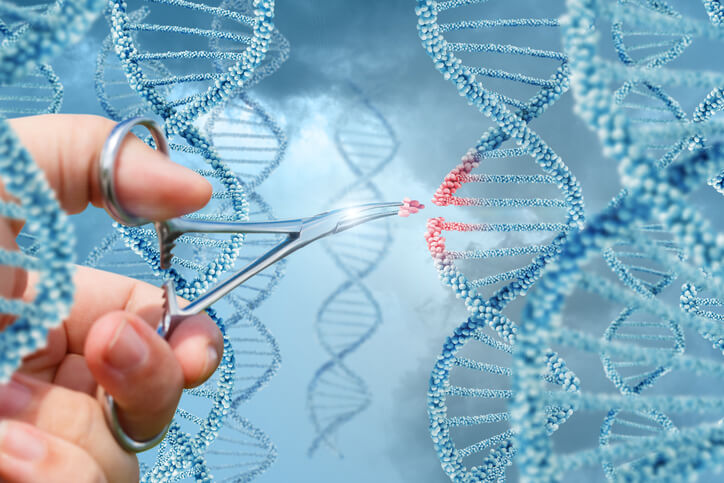It’s a well-known fact that assisted reproductive technology is advancing at a rate faster than anyone could have imagined. In one way, these advances are providing new opportunities to families facing infertility around the world. On the other hand, the rapid changes raise concerns for professionals and others. Are these changes too much too quickly?
A new report out of Kiev, Ukraine, highlights those worries. In an effort to create the healthiest embryo possible for transfer to a woman’s uterus, doctors have done the previously impossible — created an embryo with the DNA of three people, or a “three-parent baby.”
An NPR investigation describes how it works: Two eggs are fertilized, one with the egg and sperm of the intended parents, and the other with the sperm of the intended father and the egg of a donor. When the embryos are ready, a doctor extracts the DNA from the intended parents’ embryo. They also remove the DNA from the donor-egg embryo, except the mitochondrial DNA. Then, the intended parents’ DNA is inserted into the donor-egg embryo, creating a three-person embryo that contains genetic material from the intended father, the intended mother and the egg donor.
Often, using three genetic parents provides an opportunity for a healthier embryo, if the defect in the intended mother’s mitochondrial DNA has been preventing her from getting pregnant. In Kiev, out of 21 attempted procedures, 14 have failed — but the other seven women have either had “three-parent” babies or are currently pregnant.
It’s a stunning advance in reproductive technology. Foreign intended parents can complete this procedure for about $15,000. However, it is unregulated and untested, and other professionals warn against the risks of creating “three-parent” babies. They say there is no way to know how these genetic manipulations will affect children as they grow older. In other words, the cheaper cost of the procedure is not worth the medical and legal unknowns and risks.
Currently, the Food and Drug Administration prohibits this kind of genetic editing in the United States. Therefore, American Surrogacy stands with those professionals against this procedure. Until more standardized testing and screening has been done, this kind of assisted reproductive technology is simply too risky — both for the intended parents completing this procedure and the baby with three parents born from it.
We understand the appeal of “three-parent babies,” especially to give an intended mother the chance to be related to her child. However, if a woman cannot become pregnant on her own, she always has the option of gestational surrogacy — in which she can potentially be genetically related to her child, carried to term by a healthy and fertile gestational surrogate.
Unlike creating embryos with three parents, the gestational surrogacy process is a safe and legal one. Every intended parent and surrogate goes through rigorous screening to ensure this is the best path for their situation, and they are protected with an extensive, detailed surrogacy contract. Working with an agency like American Surrogacy provides more security with an experienced specialist’s guidance every step of the way.
As always, if you are interested in gestational surrogacy, you can contact our surrogacy specialists at 1-800-875-BABY(2229) today. You can also connect online via Instagram. Intended parents can also contact a fertility clinic for more guidance on which assisted reproductive technologies are possible and suggested in their situation. One thing is for sure: Until the FDA approves the process of creating “three-parent babies,” it is one that all American intended parents should make sure to avoid.
